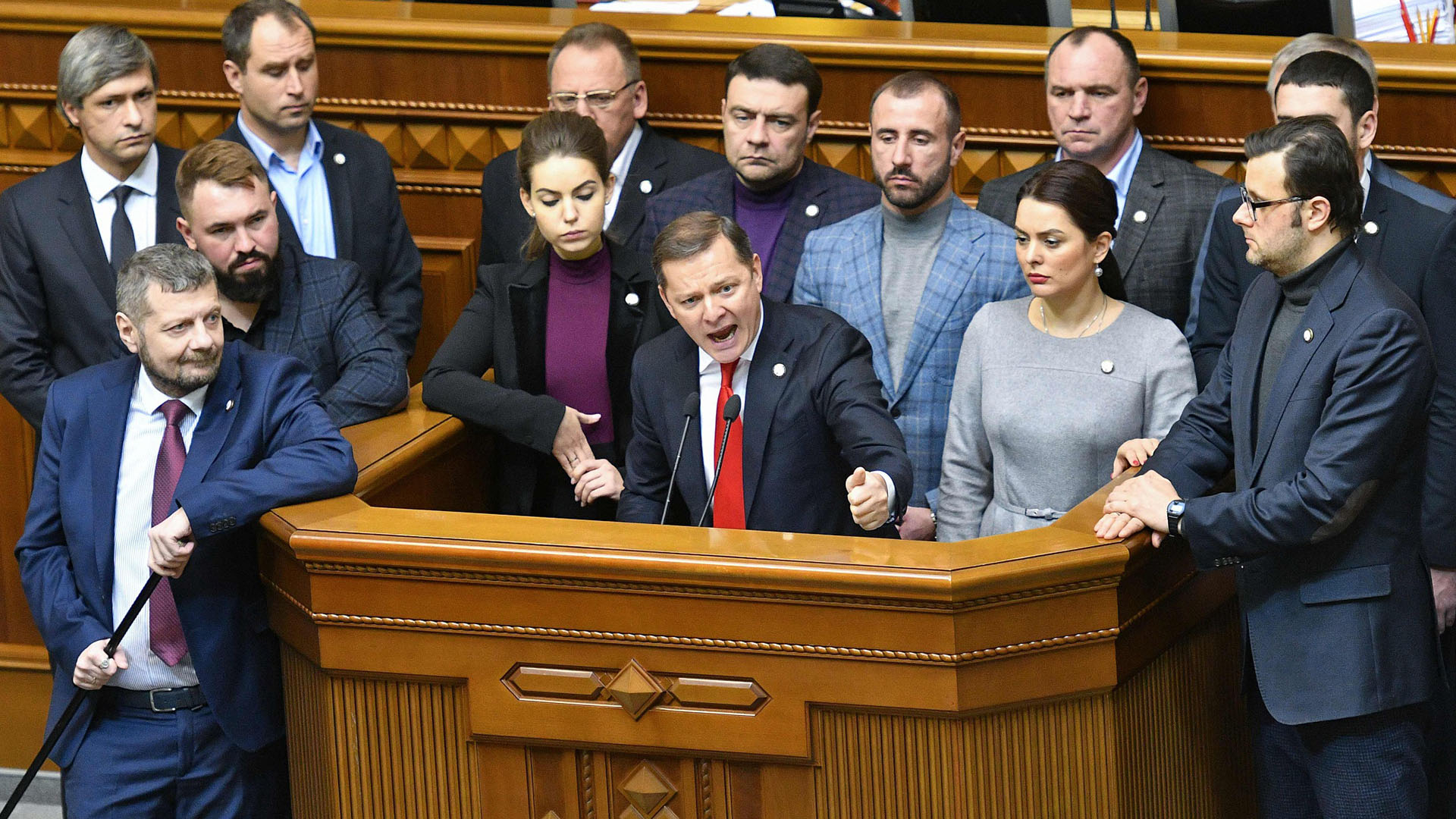Russia-Ukraine tensions: A decade of hostility

Why are relations between Russia and Ukraine so hostile? Here's a detailed timeline explaining the crisis.
Ukraine gained independence after the collapse of the Soviet Union in 1991. In 1997, both nations signed a friendship treaty. But peace in the region was short-lived.
In November 2013, then Ukrainian President Viktor Yanukovych suspended talks over a political and trade deal with the European Union. Soon, thousands of protesters hit the streets demanding the president's ouster.
In February 2014, Yanukovych was forced to flee Kiev, as protesters stormed the presidential compound.
One week later, Russia took control of the Crimea region. A referendum was held, where over 95 percent of the total population voted to join Russia.
But Crimea wasn't the only flashpoint. In April 2014, Kiev launched military action against rebels in eastern Ukraine. A month later, separatists in the eastern regions of Donetsk and Luhansk declared independence.
Since then, more than 10,000 people have been killed in the conflict zone.
In May 2014, Petro Poroshenko won Ukraine's presidential election and within a month signed the contentious EU trade deal, the same one that led to the downfall of former President Yanukovych.
Obama administration in the U.S. and the European Union blamed Russia for the crisis and imposed sanctions on it, though Russia denied the allegations.
The U.S. has given more than 1 billion U.S. dollars in defense support to Ukraine since 2014. In the meantime, fighting in eastern Ukraine continues unabated.
Tensions between the two nations flared up again this year when Russian President Vladimir Putin inaugurated a bridge linking southern Russia to Crimea, an action Ukraine termed illegal.
Last month, Russia seized two Ukrainian gunboats and a tug with 24 sailors in the Kerch Strait. They were sailing between the Odessa port in the Black Sea to Mariupol in the Azov Sea.
Russia has accused Ukraine of entering its waters in a "pre-planned provocation", but Kiev denied it.